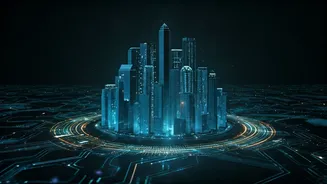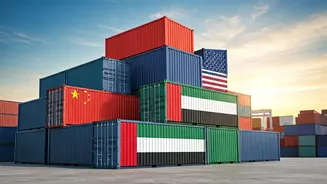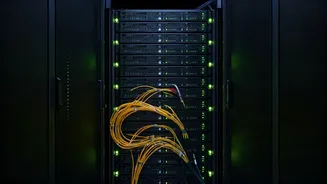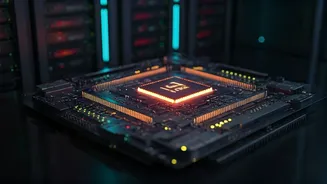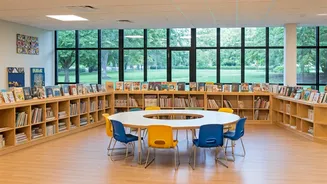Historical Foundations of Education
India's educational journey is rich, shaped by historical eras and influences. Initially, education was primarily the domain of religious institutions
like Vedic schools and Buddhist monasteries, focusing on scripture, philosophy, and practical skills like medicine and astrology. The colonial period brought Western educational models, introducing modern concepts of schooling, curriculum, and administration. However, this transition also led to a significant divide, with access to quality education predominantly favoring the elite. The struggle for independence sparked a renewed emphasis on education's role in nation-building, post-independence, the government prioritized education, establishing universities, and schools to enhance literacy and social mobility, aiming to create a modern, inclusive education system.
Challenges in Modern Education
Despite significant progress, India's education system faces persistent challenges. Access remains a significant concern, with disparities existing across rural and urban areas, along with varying socioeconomic backgrounds. While enrollment rates have increased, particularly at the primary level, quality is often uneven, influenced by factors like teacher training, infrastructure, and curriculum relevance. The Indian education system, particularly at the higher education level, needs to adapt to a rapidly changing global landscape. Addressing issues such as resource allocation, educational inequality, and the relevance of curricula is crucial to improving educational outcomes for all students, ensuring education’s role in fostering economic growth.
Technology and Learning
Technology is transforming the Indian education sector. The rise of digital learning platforms, online courses, and educational apps is extending access to educational resources, particularly in remote areas. Initiatives like the Digital India program are promoting the integration of technology into classrooms, with smart boards, tablets, and interactive learning tools. These changes offer numerous benefits, including the potential to personalize learning experiences, improve teacher training, and enhance educational efficiency. However, challenges include digital literacy, infrastructure, and the need for pedagogical adjustments to facilitate effective integration of technology. Balancing tech with traditional methods will be key to creating a balanced learning environment.
Policy and Future Directions
The Indian government has introduced various policies and reforms to improve the education system. The National Education Policy 2020 aims to transform the educational landscape with a focus on holistic development, flexibility, and the integration of technology. It emphasizes early childhood care and education, foundational literacy and numeracy, and vocational training. A key part of the vision is enhancing teacher education, promoting multilingualism, and fostering research and innovation. Future efforts will likely focus on implementing these reforms, addressing persistent challenges, and adapting to the evolving needs of learners in the digital age. This also needs to improve educational standards by investing in teacher training and infrastructure.




